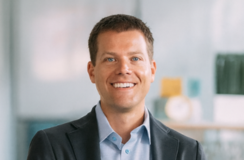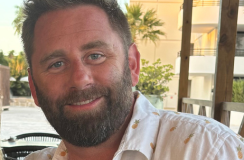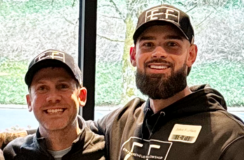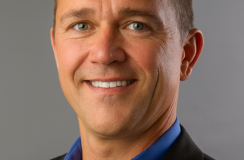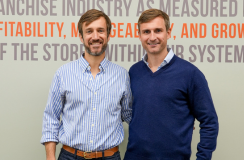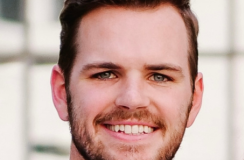ver his years in investment banking and mergers & acquisitions, Justin Turner got frustrated at how many business owners were unwilling to take the risks they needed to achieve the growth they wanted.
He decided to move to the buying side, and began working for a private equity group. This gave him experience on the mechanics of deals, as well as managing the operations of an acquisition.
After co-owning a consumer products business, Justin decided to team up with connections he had made in his time in private equity, forming Traction Capital. They all had the same vision: acquire a portfolio of small businesses. But rather than sell the acquisitions after three to five years, as is standard in private equity, they’d hold on to them for 10-20 years to unlock the power of compounding.
After about a year, in October 2018, the Traction Capital team found their first acquisition in SeaWestern, a fire fighting equipment distribution company. They acquired their second business a year later. Two years later, they acquired two more businesses.
All four of their companies are set up as holding companies, functioning independently, but with Traction owning a majority of each individual holding company.
In this episode of Acquiring Minds, Justin talks about the benefits of the holdco structure, what he doesn’t like about SBA loans, how running a $5M business could be easier than a $1M business, and why you don’t need a pre-existing network to get into business acquisition.
Check out:
✳️ Top takeaways from the episode
✳️ Episode highlights with timestamps
Acquisition Entrepreneur: Justin Turner
💵 What he acquired: Justin Turner co-founded Traction Capital alongside a network of like-minded people with a desire to invest in a portfolio of businesses they would grow long-term. The goal was to reap the value of compounding. They acquired SeaWestern in October 2018. Since then, Traction has gone on to acquire three more businesses.
💡 Key quote: “We're buying businesses without a defined hold period: Our goal is to own them for the next 10-20 years. And that's partly driven by our passion to help grow these businesses. I think you miss out on the power of compounding if you are selling after three to five years. And if you have a good business and you're able to execute on the strategy, you really start to get the benefits of compounding the longer you can hold that investment.”
👋 Where to find him: Twitter | LinkedIn
Acquisition Tips From the Episode
Top takeaways from this conversation
✋ Wait to line up funding until after you have a business under IOI or LOI.
When acquiring his businesses, Justin makes sure he has a deal lined up before getting the funding in order. While he recommends having discussions with potential investors beforehand, having the deal under either Indication of Interest (IOI) or Letter of Intent (LOI) first is a smart move. It allows you to approach those investors with a specific pitch for how you want to structure things, and what you can actually offer.
“That makes it real, but before that, it's all hypotheticals,” Justin says.
He admits it can be stressful signing an LOI without having all of your funding lined up, but the stress is worth it to be able to have a live deal to show backers.
💪 Setting up a holdco from the start is likely too much for an individual to take on.
While holdcos are a great vehicle for a group of partners, Justin isn’t convinced an individual should enter into that structure from the outset. For individuals, rather than going into a first acquisition with the intention of setting it up under a holdco, Justin suggests running it for a few years before transitioning into the idea of building a portfolio of businesses.
“I think doing it by yourself, it's going to be really challenging to have more than one business, unless you're buying businesses that have complete management teams where you don't have to be there, [where] nothing day to day relies on you as the owner,” Justin says.
🗄️ Bigger businesses are more likely to have systems in place that make day-to-day management easier.
Some new buyers are tempted to start with a smaller business, but often there’s not much of a difference in running a $5M business compared to a $1M business. Justin thinks it could even be easier to run a larger business, as you’re more likely to find systems and processes in place, whereas with a $1M business, the owner is going to be responsible for everything.
“Even if you don't have all the experience in the world, I think you could definitely jump in and run a $4-5M business ... I think most people underestimate themselves, and don't think big enough on what they can accomplish,” he says.
Episode Highlights
Inflection points from the show
[2:19] Justin’s experience in finance, and starting Traction Capital.
[6:34] The differences between private equity and what Traction is doing.
[10:58] What Justin and Traction are doing is now referred to as permanent equity, an old concept that’s been popularized with this new term on SMB Twitter.
[11:39] Justin explains why the life cycle of private equity firms prevents these types of entities from holding businesses long term, and reaping the benefits of compounding.
[13:46] Traction’s first acquisition was SeaWestern, which sells PPE products to fire departments.
[17:33] Navigating the relationship with the seller.
[18:37] Justin talks about his next few acquisitions, including a company that designs and sells light duty metal fabrication tools, an asphalt paving company, and an e-commerce mattress business.
[21:47] The appeal of paving businesses, especially in areas seeing a lot of growth.
[24:18] When going into their first acquisition, Justin and his Traction team had cultivated relationships with investors, but only finalized the equity about two weeks before the funds were supposed to be sent to the sellers.
[27:16] Why he avoided an SBA loan, and how he found a banker he was comfortable with.
[29:15] The capital structure of Traction’s first acquisition, which included seller rollover, a seller note, bank loan, and new equity from the Traction partners and their investors.
[31:01] The second business Traction bought had experienced fast growth that the owner felt was over his head.
[33:17] Each acquisition Traction has made has been set up under its own holdco, so each functions as a separate business.
[35:45] Why the holdco structure may not be the best idea for individuals.
[38:53] Why you don’t need a background in finance or a huge network to successfully buy a business.
[41:22] Justin feels businesses in the $4-$5M range are easier to run than a $1M business, because there are likely more systems set up.
[42:18] If you have drive and a passion for business, you are absolutely capable of acquiring an existing company and running it successfully.
Links & Mentions
✅ NetSuite





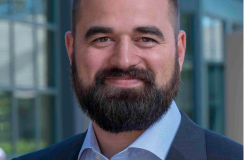
%20-%20thumbnail.png)
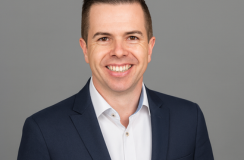

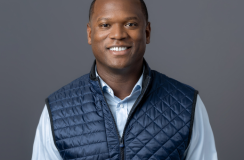
%20-%20thumbnail.png)

.png)




%20-%20thumbnail.png)


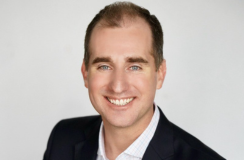
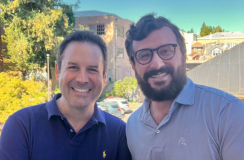




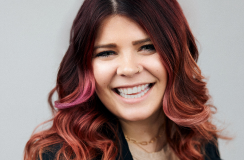


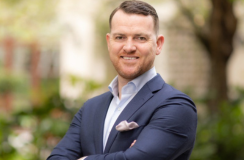



%20-%20thumbnail.png)


